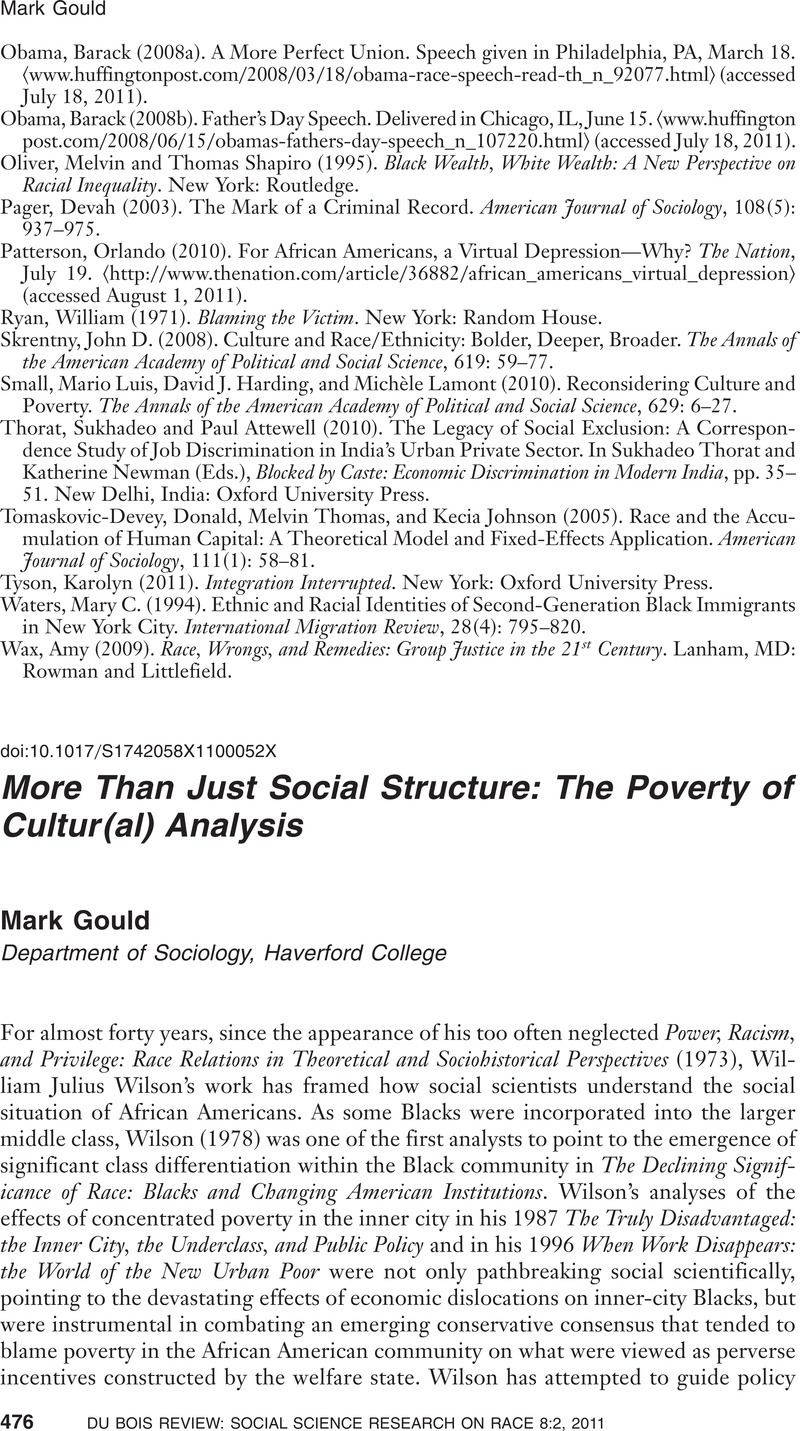Crossref Citations
This article has been cited by the following publications. This list is generated based on data provided by Crossref.
Hughey, Matthew W.
2012.
Taking culture (and race) beyond dichotomies: a reply to Gans.
Identities,
Vol. 19,
Issue. 5,
p.
639.
Gould, Mark
2018.
Rationality in the Social Sciences.
p.
149.
Wang, Liping
and
Gesang, Zhuoma
2020.
Asymmetrical belonging: the selective assimilation observed in Chinese-educated ethnic minorities.
British Journal of Sociology of Education,
Vol. 41,
Issue. 7,
p.
1047.



